
The finalists of the Urban Prototyping: San Francisco competition are all easily replicable ideas that could spread to cities worldwide, from the whimsical (giant playable keyboard) to the serious (measuring traffic).
Open public space in cities doesn’t have to sit unused; just take a look at San Francisco’s Pavement to Parks project, which turns wasted space in streets into "parklets" where people can sit and relax. A group of San Francisco organizations have teamed up to enliven public spaces with Urban Prototyping: San Francisco - a project that aims to spawn a number of small-scale, replicable projects for public areas that can improve cities in some way.
The project, which is being put on by organizations including the Gray Area Foundation for the Arts (GAFFTA), the SF Mayor’s Office of Civic Innovation, and 5M Placeworks, recently held an open call for projects. Out of the 90 entries received, GAFFTA narrowed them down to 18 finalists - you can see our favourites below. Those finalists, along with projects culled from a "makeathon" in the fall, will take over two blocks in downtown San Francisco for a street exposition in October.
All the finalists will receive a stipend, ranging from $300 to $1,000, to improve their projects. "Some are pre-existing projects that would add another layer. There are a lot that have already made progress, done research," says Jake Levitas, research director at GAFFTA.
Some of the projects, like the Clip and Slide, which turns any set of stairs into a xylophone, are whimsical. Others, like the DIY traffic counter for citizens, are more serious. But all of them are realistic enough that they can be showcased on city streets - if they’re lucky, for the long haul. "The great part about working with the city is that we can have open conversations with them about what’s realistic and what’s not," says Levitas.
Check out some of the finalists below.
1. Pulse of the City
Pulse of the City is made up of a stand-alone, self-powered station attached to a lamp post that lets people measure their pulse by putting their finger on a designated spot outfitted with a sensor. All the data is uploaded to the Internet, where anyone can visualize the literal pulse of the city.
2. URBAN_Parasol
URBAN_Parasol is a series of modular shelter-shade spots made out of cheap, ready-made objects and open-source, 3-D printed joints.
3. PPPlanter
PPPlanter is a scalable, modular public urinal and sink has two functions: to provide an alternative to public urination and to treat the wastewater with modular bamboo biofilters.
4. Instant [Play]Ground
Instant [Play]Ground is a portable, human-scale game board that fits in a suitcase. It’s designed to be unleashed in alleys and other "vehicular corridor areas." When a game isn’t in session, people can relax on the playground.
5. Darkness Map
The Darkness Map Project consists of crowd-sourced data visualizations of light and darkness in cities at night. A related smartphone app lets citizens capture video while walking the city, analyzing the images to sense darkness and light - an indicator of where crime might be more likely to happen.
6. DIY Traffic Counter
The DIY Traffic Counter is a cheap, open-source device that allows citizens to measure and visualize street traffic counts - something that’s often done by transit agencies standing around with clipboards. "It’s basically a small microcontroller connected to a strip that runs along the ground," explains Levitas. The device can measure traffic count, traffic rate, and speed.
7. Clip and Slide
It’s hard to resist comparing this to the FAO Schwarz human-sized keyboard scene in Big. Clip and Slide turns stairs into combination slides and musical instruments. The kit comes with coloured, laminated wood strips and touch-activated sensors that produce musical tones. The goal: to install one of these in San Francisco’s Hallidie Plaza, a desolate area near public transit.
8. The 10-Mile Garden
The creators of this 10-Mile Garden project found a loophole in city law that says the area in front of fire hydrants can’t be used for parking - but they don’t have to be paved. That means they can put gardens there. The goal: turning 26 fire hydrant sites in San Francisco into mini gardens or bioswales. If every fire hydrant in the city had a mini garden in front of it, there would 10 extra square miles of green space, hence the name.
9. Fruit Fence
From the creator of Lemonopoly, the Fruit Fence is a planting structure intended to be attached to fences in public spaces. The Fruit Fence features fabric growing-structures that can easily hang over fences.
10. Street Sensing
This Street Sensing project uses an the open-source Arduino AirCasting platform (a platform for recording, mapping, and sharing environmental data via smartphone) to turn light poles into stations that display real-time pollution data. The "mobile AirCasting pods" come with LED-equipped clothing to boost awareness and colour-changing LED strips to show different particle levels.
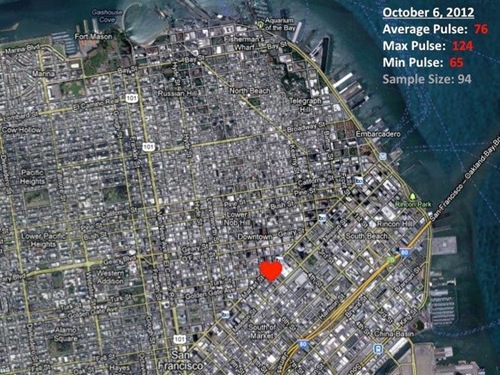
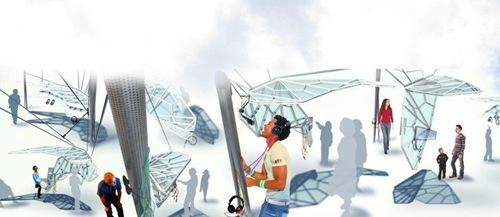
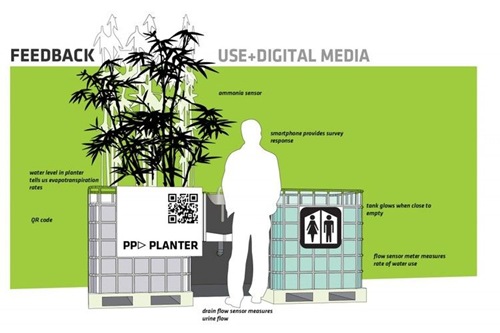
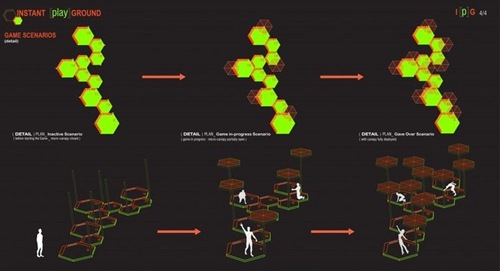
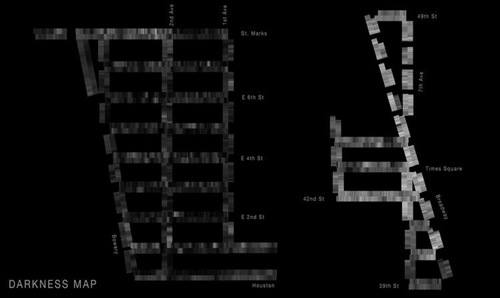





No comments:
Post a Comment
Please adhere to proper blog etiquette when posting your comments. This blog owner will exercise his absolution discretion in allowing or rejecting any comments that are deemed seditious, defamatory, libelous, racist, vulgar, insulting, and other remarks that exhibit similar characteristics. If you insist on using anonymous comments, please write your name or other IDs at the end of your message.